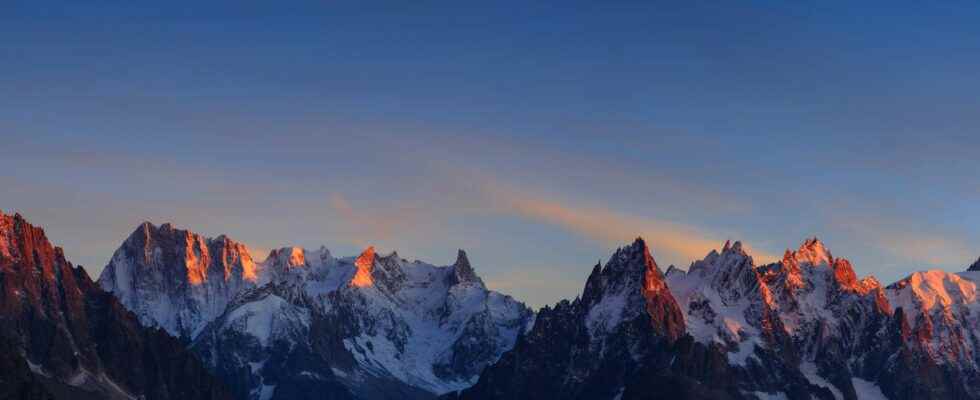There are many mountain ranges across the globe, more or less important. But which is currently the longest?
You will also be interested
A mountain range is defined as a set of peaks and mountains, or even volcanoes. Mountain ranges can result from tectonic collision (AlpsPyrenees, Himalayas…), but also of the subduction process (belt of fire Pacific, Andes…) or volcanic processes. Mountain ranges are often associated with the continental environment, yet they are also found on the ocean floor. This is the case of ridges, which represent long chains of mountains submarines.
Three major sets of mountain ranges
The characteristics of mountain ranges are very variable: their length and the height of the reliefs will depend in particular on the tectonic and magmatic processes which are at their origin, but also on their age. The older a mountain range, the more the action of erosion will have had time to do its work and abrade them as it goes.
There are currently many mountain ranges on Earth, and many others have existed and then disappeared during the geological history of our Planet. Three major groups can be recognized today: the Pacific Ring of Fire, the Alpine Belt and the ocean ridges. From a certain point of view, each of these sets can be considered as a more or less continuous association of mountain ranges. The Pacific Ring of Fire and the Alpine Belt are a total of several tens of thousands of kilometers long. The long chain of ocean ridges runs for more than 64,000 km long under the surface of the oceans! From this point of view, the latter is by far the longest mountain range in the world.
If we only consider the two large continental belts, which mark our landscape and are thus more familiar to us than the oceanic ridges, it is usual to break them down into several sets.
The Andes Cordillera, the longest continental chain
The Pacific Ring of Fire is thus made up of the Andes Cordillera (South America), the North American Cordillera with the Rocky Mountains, the Aleutian Range (Alaska), the peninsula Kamchatka (Russia), the mountains of Japan, Taiwan, the Philippines, Papua New Guinea and New Zealand.
The alpine belt is made up of the Atlas (Morocco), the Betic Cordilleras (Spain), of the PyreneesAlps, Apennines (Italy), Balkans, Carpathians, Taurus (Turkey), Zagros Mountains (Iran, Iraq, Turkey), Caucasus, Alborz, Kopet-Dag, Hindu Kush, Pamir, Karakoram, of the Himalayas and the Kunlun Cordillera. It is completed by the Shan plateau and the Tenasserim chain in Thailand.
Of all these mountain ranges, the longest is the Andes Cordillerawhich stretches for more than 7,000 kilometres.
Interested in what you just read?
